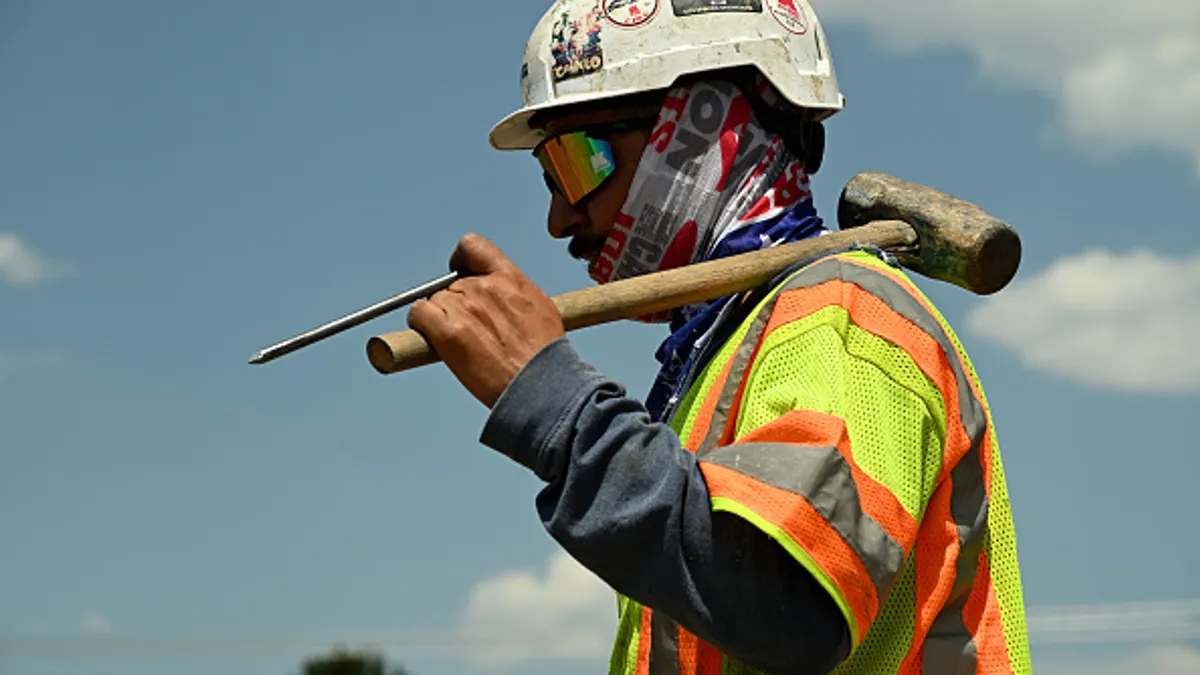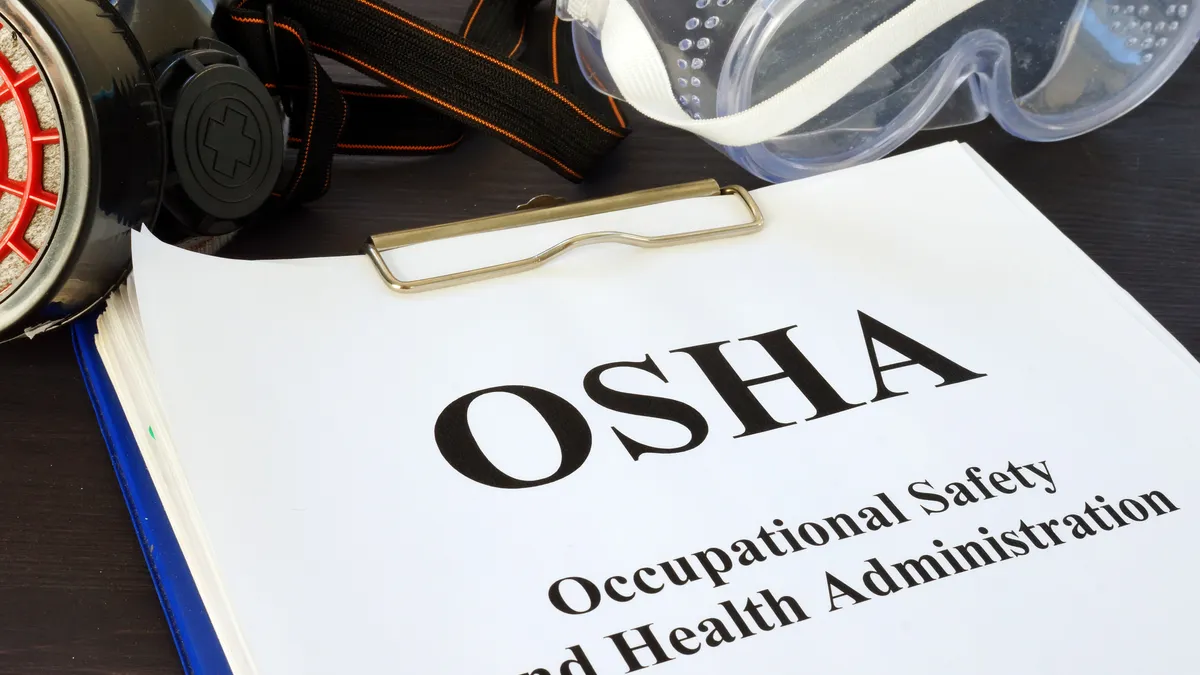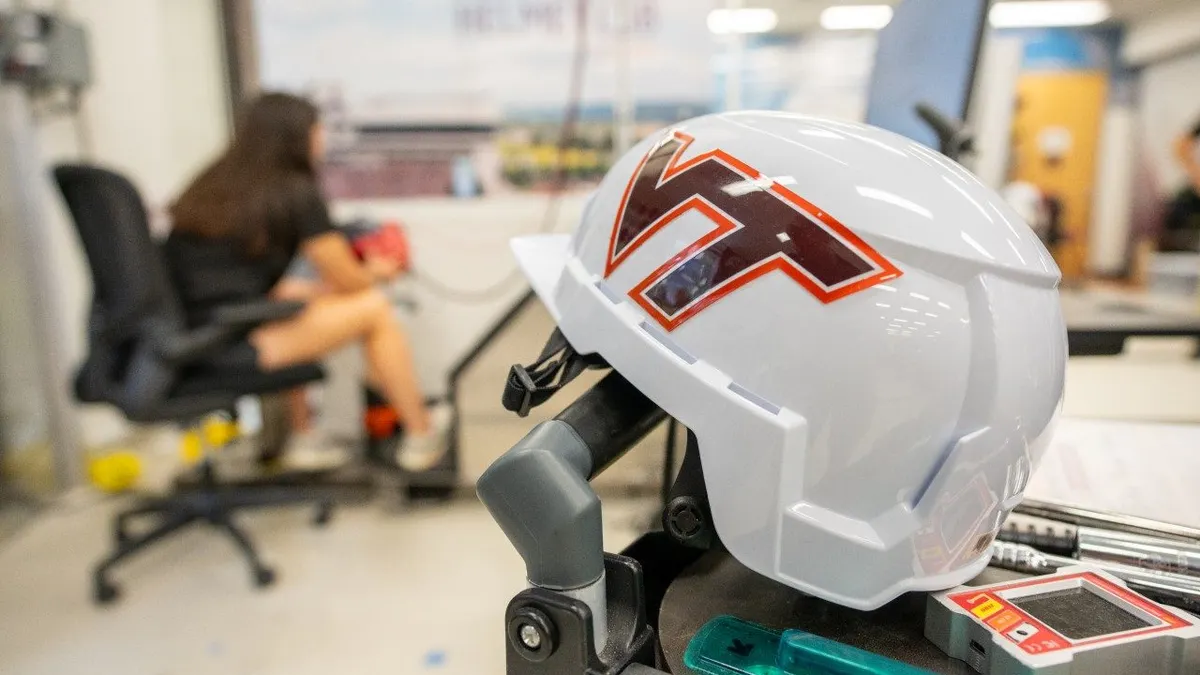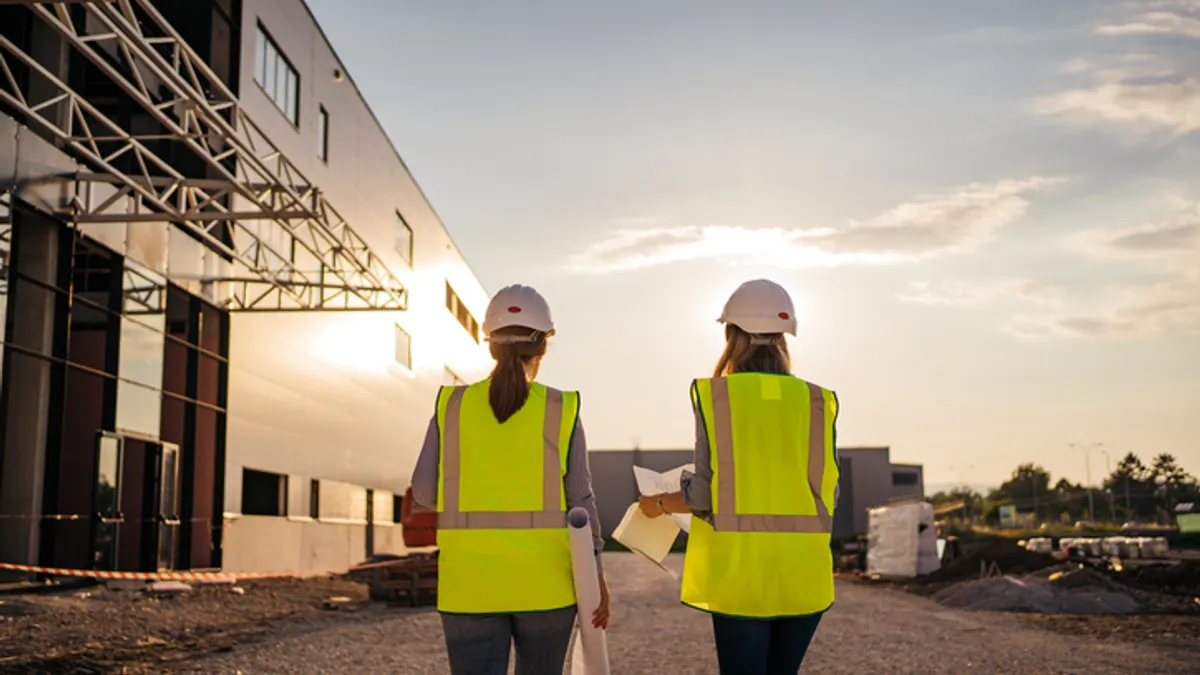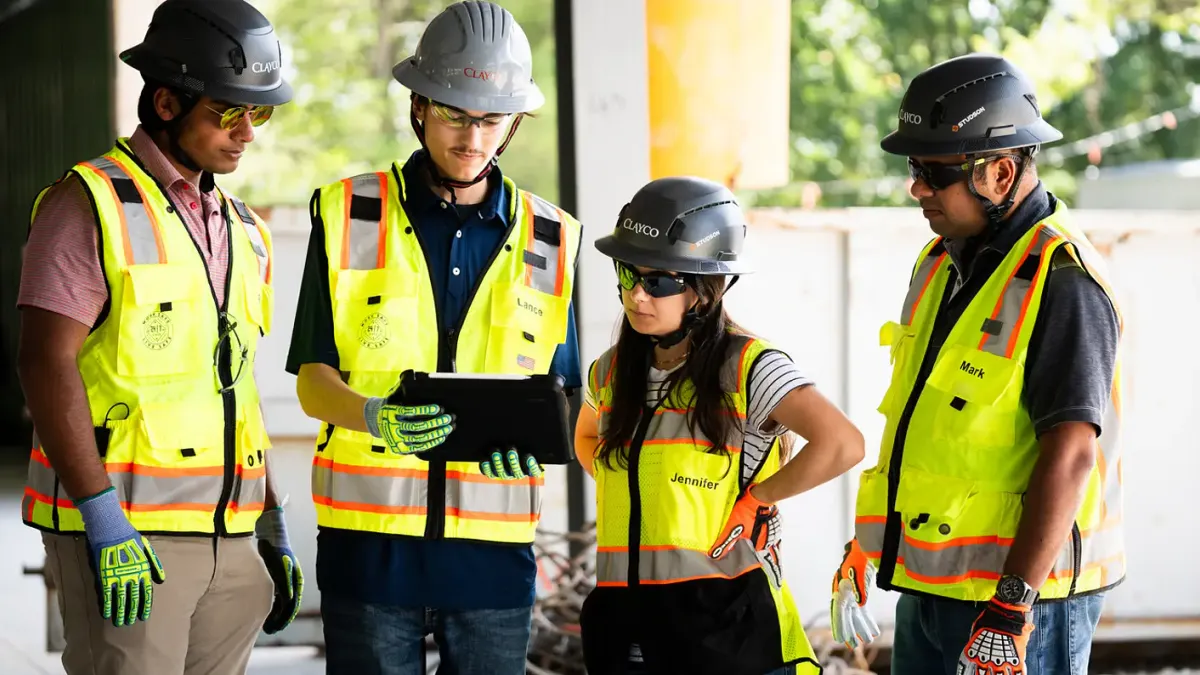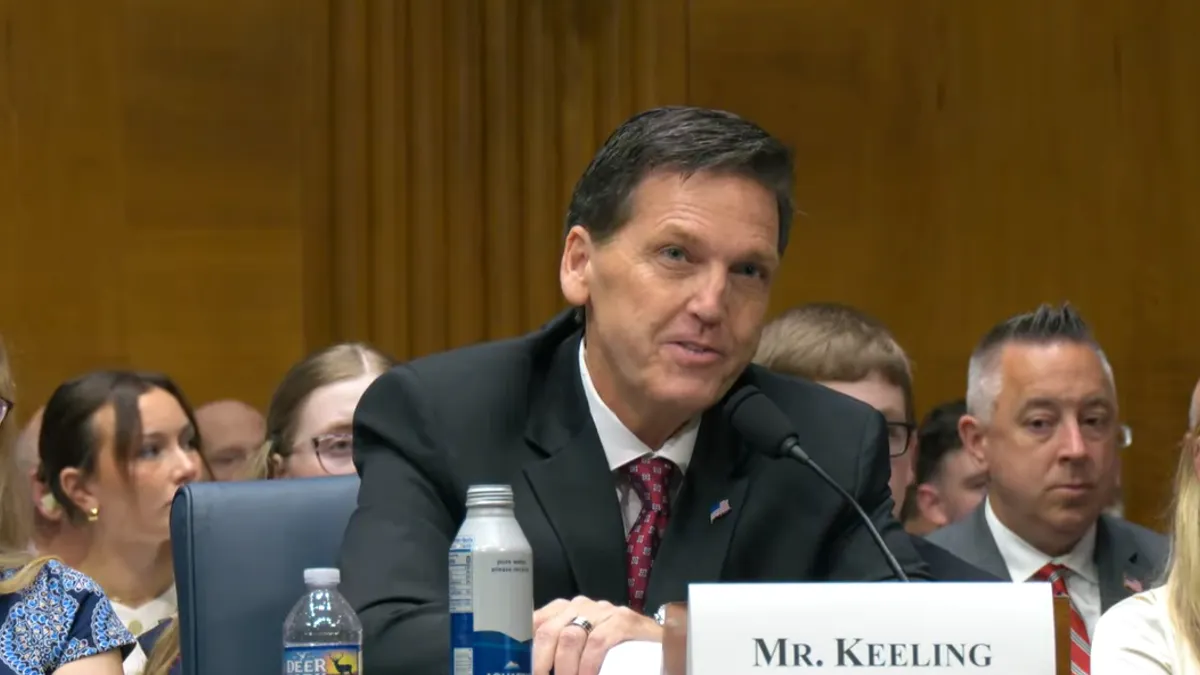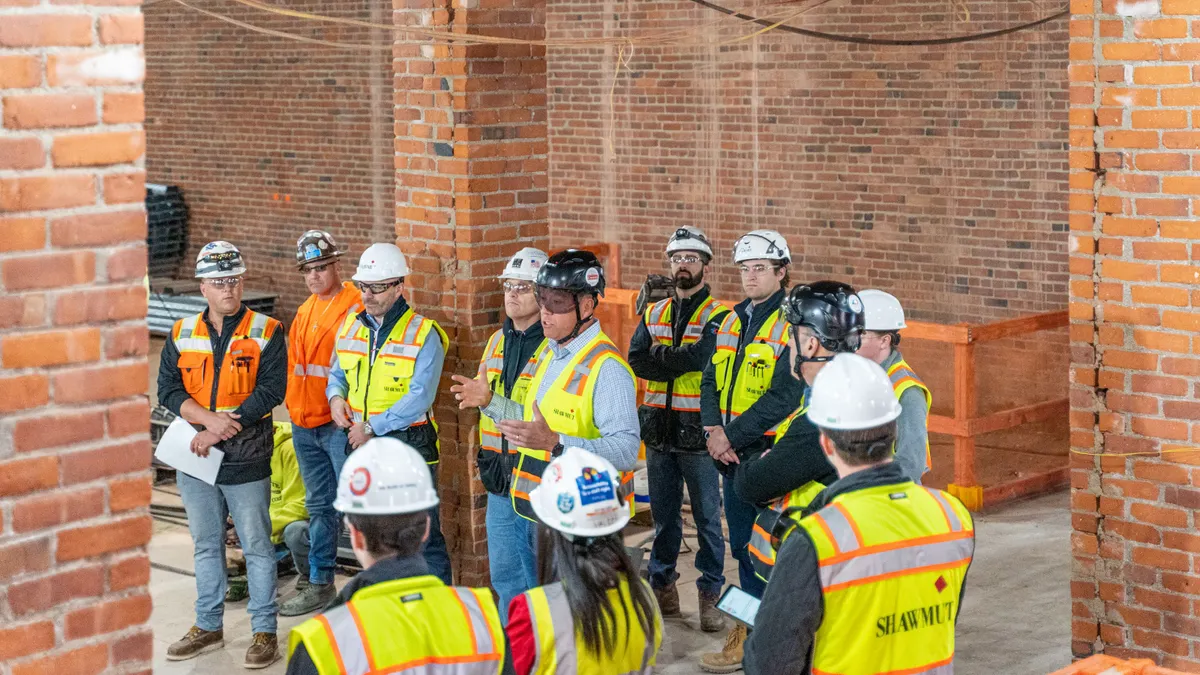When Jaime Garcia was working on construction jobsites, he saw multiple Spanish speaking tradesworkers on the jobsite who did not receive the proper safety training in their native language.
“The amount of people that took the training but did not understand the training was massive. It was a huge gap,” said Garcia, who worked as an electrician and safety manager. When he urged leaders and subcontractors to conduct classes in Spanish, he was told there was no time for that.
“I'm like, ‘Hmm, we need to train them, big time. We're going to get someone hurt or killed out here,’” he said. As a result, in 2020, Garcia founded All-In Safety Professionals, a Raleigh, North Carolina-based firm offering bilingual safety training.
“We had a lot of subcontractors that I knew that needed training,” Garcia said. “They were just showing up to these places, somebody would collect their money, sit them in their class talking English. They play one or two videos and sign a card and dip. And I didn't like that.”
The number of Hispanic or Latino workers in all industries who died on the job increased 42%, to 727 from 2011 to 2021, according to the Bureau of Labor Statistics. In that time, the percentage of construction workers who were Hispanic or Latino who died at work also steadily increased.
“We know without a doubt that it's massively impactful to the safety of and wellbeing of these workers, but also then to the safety and efficiency of all of these operations as well as from a damage and delay standpoint,” said Loretta Mulberry, a language access consultant.
In addition, that language barrier, or lack of resources, can create a system that holds back great workers, Mulberry said. That’s a disadvantage to both the business and the individual.
“It's either ‘I don't have the language skills to pass this English test,’ or ‘I am too self-conscious. I'm too nervous about my lack of English to get after that opportunity,’” she said. “So you see it from both sides. People are holding themselves back, but also the system is holding them back too.”
For a long time, experts say, the “no-time” attitude has pervaded around providing extra education or resources, though that’s beginning to change. However, Garcia and Mulberry still believe more can be done.
Translation and interpretation
Often, one member of a working crew — the person who speaks the best English — steps up as a de facto interpreter. In addition to doing other work on the jobsite, that interpreter communicates with crews about any and all important information from the general contractor. Though that role is vital, it also should require additional training, according to Mulberry.
“Speaking a language is not the same thing as being qualified to do translation and interpreting,” Mulberry said. “The skills are not the same.”
In fact, translation refers to the act of copying language in written form, while interpretation is done verbally. Each case requires both specificity and nuance.
In addition, not every person who speaks Spanish speaks the same kind of Spanish. A single jobsite could feature workers from Mexico, Cuba, Honduras, Puerto Rico or other Hispanic regions that have differences in dialect, small or large.
Mulberry said she sees firsthand how much people want the most important information to be communicated as familiarly as possible.
“Anecdotally, you talk to anybody who's ever studied a second language, even being very comfortable, fluent in their second language, and you ask them, ‘If your life were on the line, what would you want this information in English, Spanish, Polish, whatever it may be?’ People will always say, ‘My native language,’” she said.
Speaking my language
All-In Safety Professionals focuses on meeting with subcontractors that don’t already have a dedicated safety professional, Garcia said. Those roles can be expensive, especially when potentially hiring someone who is bilingual.
As a result, the firm provides training with physical examples, before it monitors workers in the field to answer questions and ensure the effectiveness of the education.
“Most of these people already work with their hands. They're going to learn with their hands as well,” he said.
Before All-In, Garcia said he pushed for an additional orientation for Spanish speakers. For major projects, a single orientation day can get workers on the same page. Conducting an additional orientation — one workers would need anyway — in Spanish provides education without adding too much more time.
In Mulberry’s experience, safety professionals often take whatever they can get. Most often, that means company training manuals or jobsite signage translated into multiple languages.
“The number one request we get is for [translated] employee handbooks,” she said.
Monique Lewis, CEO and founder of Raleigh-based Next 2 Native Language Learning, takes a different approach to climbing over the language barrier. Lewis’ firm provides English to Spanish construction vocabulary training in each direction, providing superintendents and field workers alike the tools necessary to communicate.
“When you have a Hispanic worker on site and they have a near miss, they need to be able to unpack that. They need to be able to say to their supervisor, ‘This almost happened,’” Lewis said. Otherwise, hazards may go unabated.
Though signs and handbooks may be useful tools for communicating with workers, it’s a one-way street. Giving teams the tools to converse provides a feedback loop and extra methods of sharing vital information around safety.
Training with baby steps
Mulberry said she knows requests for additional training come down to budgeting and time. It’s tough for safety leaders to fight for funds. Instead, including another department, like human resources, can be an effective way to start. That’s why translated handbooks can create a place to begin.
“That’s always a good starting point because the safety folks can agree on it with the HR folks,” Mulberry said. “Everybody can agree that the employee handbook is the best place to start.”
Lewis says she tells clients to begin with the workshops that use both languages together. Just the effort of trying, paired with the oft-use phrase “I’m going to butcher this word,” on a first try can showcase the effort required to improve culture. That can start progress toward overcoming the stigma or fears workers have of not advancing due to their second language, too.
Garcia encouraged people to take it slow. He even suggested shopping for cheap translators — such as physical gadgets that translate oral phrases into written form — that may be imperfect or slow. But the method may help contractors understand the problem or their shortfalls more.
“I would really focus on taking just baby steps, using what we have available,” he said.



